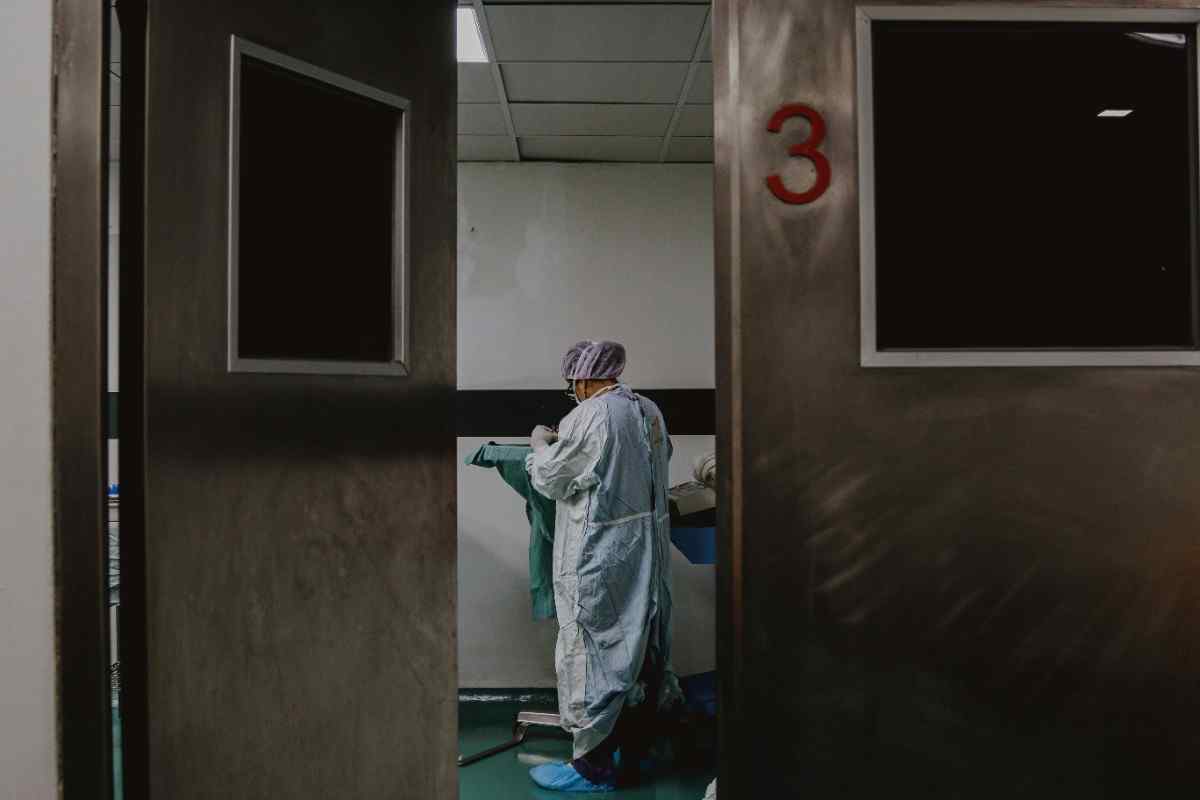Hospital Janitorial Cleaning: The Unsung Hero of Healthcare Safety
In any healthcare facility, maintaining a clean and hygienic environment is not just about aesthetics—it’s a critical factor in patient safety, infection control, and overall hospital operations. Hospital janitorial cleaning is a specialized discipline that requires far more than just sweeping and mopping floors. This article explores the nuances of hospital janitorial cleaning, compares it to other commercial cleaning, and offers practical advice for anyone involved in or managing this essential service.
What Makes Hospital Janitorial Cleaning Different?
Hospitals present a unique set of challenges compared to typical commercial or residential cleaning:
- Infection Control is Paramount: Cleaning protocols must adhere to strict healthcare regulations to prevent hospital-acquired infections (HAIs).
- Specialized Cleaning Agents: Use of EPA-approved disinfectants and sporicidal agents is mandatory.
- High-Touch Surfaces: Frequent cleaning of door handles, bed rails, light switches, and medical equipment.
- Waste Management: Safe disposal of biohazardous materials requires training and compliance with OSHA and local health regulations.
- Patient Sensitivity: Noise levels, odors, and chemical usage must minimize patient discomfort.
Because of these factors, hospital janitorial staff undergo specialized training and must follow detailed protocols that go beyond regular cleaning tasks.
Comparing Hospital Janitorial Cleaning to Other Cleaning Services
| Aspect | Hospital Janitorial Cleaning | Standard Commercial Cleaning |
|---|---|---|
| Focus | Infection control, patient safety | Aesthetics, general cleanliness |
| Cleaning Agents | Hospital-grade disinfectants | General-purpose cleaners |
| Training Required | Specialized infection control training | Basic cleaning procedures |
| Waste Handling | Biohazardous waste protocols | Standard trash disposal |
| Cleaning Frequency | Multiple times daily in critical areas | Typically daily or weekly |
Why Hospital Janitorial Cleaning Matters
Hospital-acquired infections (HAIs) affect millions globally each year, often due to improper sanitation. Effective janitorial cleaning can:
- Reduce Infection Rates: Consistent disinfection breaks the chain of microbial transmission.
- Enhance Patient Outcomes: Clean environments promote healing and reduce hospital stays.
- Protect Staff and Visitors: Minimizes risk of cross-contamination in high-traffic areas.
- Comply with Regulations: Meeting health standards avoids legal and financial penalties.
Pros and Cons of Hospital Janitorial Cleaning
Pros
- Critical Role in Healthcare: Contributes directly to patient safety and infection control.
- Growing Job Market: Demand for trained hospital cleaners is steady and increasing.
- Skill Development: Provides specialized training opportunities in healthcare sanitation.
- Team Collaboration: Work closely with medical and facility management teams.
Cons
- High-Stress Environment: Responsibility for preventing infections can be daunting.
- Exposure Risks: Potential contact with biohazardous materials requires strict safety precautions.
- Physically Demanding: Tasks often require long hours standing, bending, and repetitive motions.
- Strict Protocols: Little room for shortcuts—compliance is non-negotiable.
Essential Skills and Training for Hospital Janitorial Staff
Effective hospital cleaning demands more than basic janitorial skills. Key competencies include:
- Understanding of Infection Control: Familiarity with pathogen transmission and disinfection techniques.
- Knowledge of Cleaning Chemicals: Safe and proper use of EPA-registered disinfectants.
- Waste Management: Handling sharps and biohazard materials safely.
- Attention to Detail: Thorough cleaning of high-touch surfaces and less obvious areas.
- Communication: Coordination with nursing and facility staff to avoid disruption.
User-Focused Advice for Hospital Cleaning Managers
- Invest in Training: Regular, up-to-date training ensures staff stay current with best practices.
- Use Technology: Consider UV disinfection or electrostatic sprayers to enhance sanitation.
- Develop Clear Protocols: Written cleaning schedules and checklists improve consistency.
- Encourage Feedback: Involve clinical staff in identifying cleaning gaps.
- Prioritize Safety: Provide adequate PPE and enforce safety guidelines.
- Monitor and Audit: Regular inspections and microbial testing validate cleaning effectiveness.
Frequently Asked Questions (FAQs)
Q: How often should hospital cleaning be performed? High-touch areas should be cleaned multiple times daily; patient rooms and public areas at least once daily, with deep cleaning weekly or as needed. Q: What is the difference between cleaning, disinfecting, and sterilizing? Cleaning removes dirt and debris; disinfecting kills most pathogens on surfaces; sterilizing destroys all microbial life, usually reserved for medical instruments. Q: Are hospital janitorial staff exposed to health risks? Yes, which is why strict safety protocols and PPE are mandatory to minimize exposure to infectious agents and hazardous materials. Q: Can hospital janitorial cleaning prevent all infections? While critical, cleaning is one part of infection control; hand hygiene, sterilization, and patient care also play key roles. Q: What certifications are recommended for hospital cleaning staff? Certifications like Certified Healthcare Environmental Services Professional (CHESP) or OSHA bloodborne pathogens training enhance credibility and safety awareness.
Final Thoughts
Hospital janitorial cleaning is an essential, specialized service that safeguards the health of patients, staff, and visitors alike. It requires a blend of technical knowledge, precision, and dedication. For healthcare facilities, investing in professional janitorial teams and modern sanitation technologies is not just a compliance issue—it’s a lifeline for quality patient care.
Whether you’re managing a hospital cleaning team or considering a career in this vital field, understanding its complexities and challenges is the first step toward making a real impact in healthcare safety.
